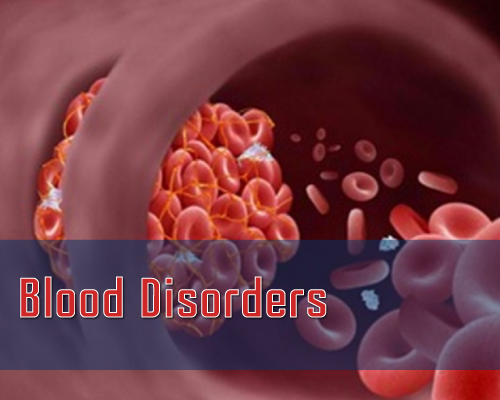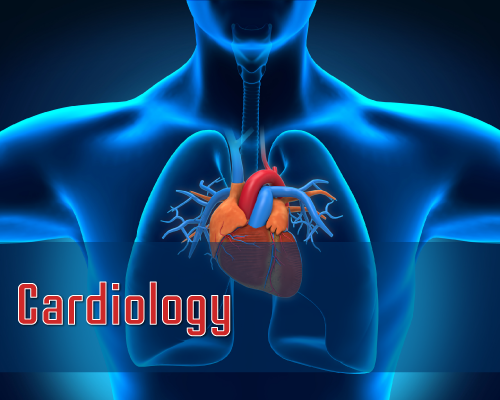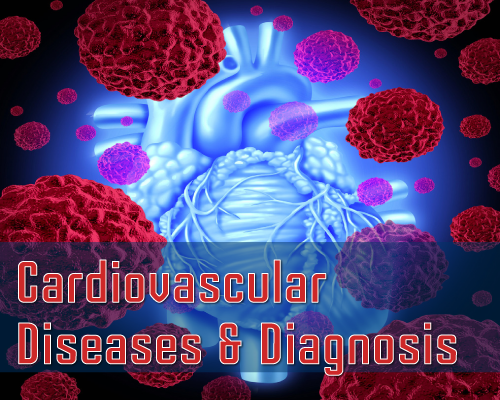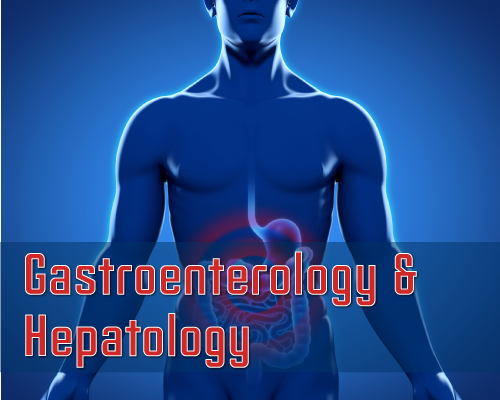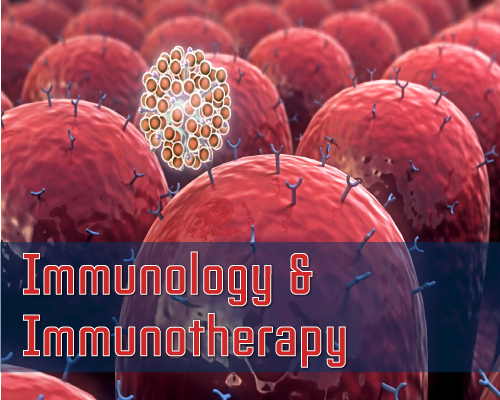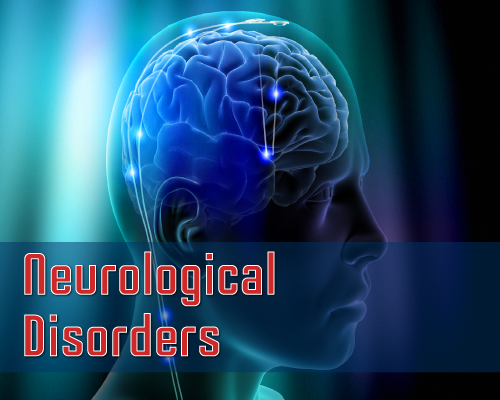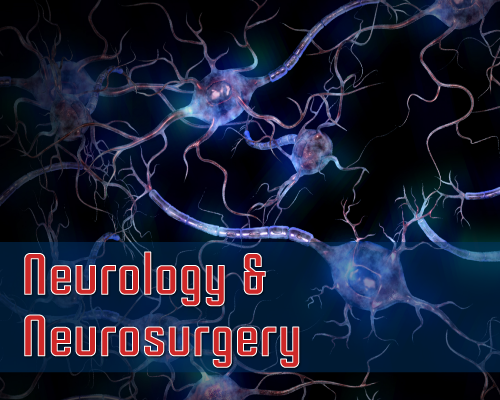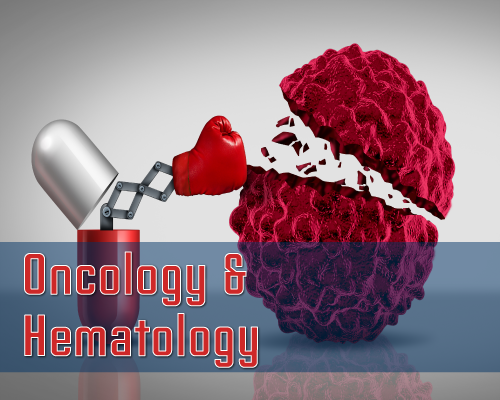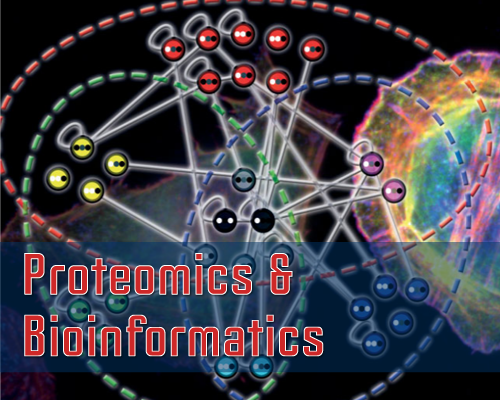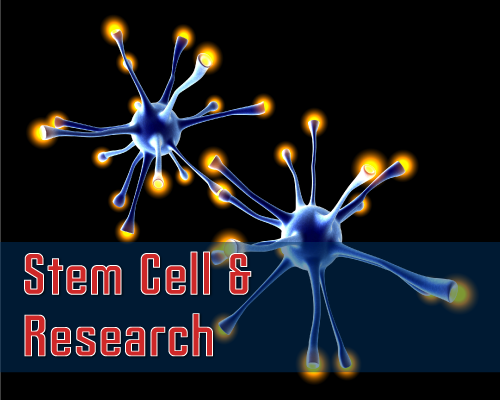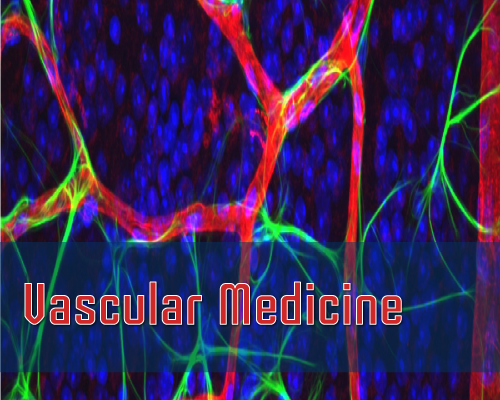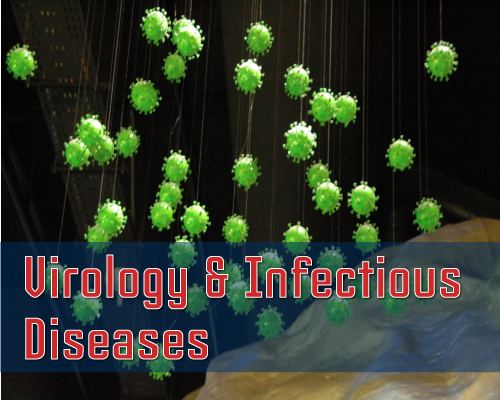Volume 1 Issue 1
Review Article: Peripheral Nerve Stimulation and Percutaneous Electrical Nerve Stimulation in Pain Management: A Review and Update on Current Status
Laura Tyler Perryman*
Chronic pain has been a debilitating condition with debilitating consequences on the person and the society. Electrical stimulation of nervous system, currently known appropriately as neuromodulation, has improved the quality of life as well as reducing the opioid medication abuse. Both temporary and permanent neuromodulation therapies have undergone several modifications to improve the acceptance of the methods as well as the efficiency. A Percutaneous Electrical Nerve Stimulation (PENS) is a hybrid short term technique combining transcutaneous electrical nerve stimulation (TENS) and acupuncture utilizing a needle electrode inserted in to soft tissues to modulate the small nerve endings in the soft tissues. Peripheral Nerve Stimulation (PNS) is a standardized technique of neuromodulation that employs the conventional Spinal Cord Stimulation (SCS) components, implanted in the patient's body. PNS has advanced remarkably well, due to its minimally invasive technique and refined equipment designs, mostly applicable to the conventional SCS. Due to the nature of the equipment not specific to its purpose, PNS suffers from the drawbacks of the bulky SCS implants. The recent advances in wireless technology with nanomaterial components have significantly reduced the adverse events of PNS therapy, since the power generator and its connections are no longer required to be implanted. Encouraging results have been reported with the wireless PNS neuromodulation in cases of occipital neuralgia, craniofacial pain and intercostal post-herpetic neuralgia.
Cite this Article: Perryman LT. Peripheral Nerve Stimulation and Percutaneous Electrical Nerve Stimulation in Pain Management: A Review and Update on Current Status. Int J Pain Relief. 2017;1(1): 036-041.
Published: 18 December 2017
Research Article: The Comparison of Loss of Resistance Technique, Automatic Loss of Resistance Syringe and Hanging Drop Technique for Identifying Epidural Space
Asiye Demirel, Mevlut Comlekci, Gokcen Basaranoglu*, Haluk Ozdemir, Nuriye Beril Bozkurt, Mahmut Gokhan Teker, Kerem Erkalp, Nalan Muhammedoglu and Leyla Saidoglu
Background: The automatic resistance loss injector technique using for identifying epidural space is a relatively new technique. In this study, we aimed to compare conventional techniques using for identifying epidural space with this new technique
Methods: Randomly selected total of 60 ASA physical status I-III patients ranging in age from 18 to 60 who are going to undergo lumbar epidural anesthesia or analgesia, have been applied to study. 20 patiens have been applied resistance loss technique group I, 20 patients have been applied resistance loss technique by automatic resistance loss injector (Epi-jet®)Group II and 20 patients have been applied hanging drop technique Group III. In these patients, access time to epidural space (technical practice time), ordinal number of trial lumbar epidural space was entered at, skin-epidural distance value (cm), whether dural damage occurred, evaluation of the sense of ligamentum flavum in epidural space access, skin-epidural distance values considering body mass index were recorded.
Results: In Group II, the rate of epidural space access was found significantly low. (p < 0.05). In Group III, rate of epidural space access was found significantly high (p < 0.05). The rate of sense of ligamentum flavum belong the patients in Group I, was found low (p < 0.01). When the groups were compared by epidural space access trials, no significant difference was observed in terms of skin-epidural distance value and dural injury.(p > 0.05).
Conclusions: The automatic resistance loss injector technique using for identifying epidural space is preferable comparing to conventional methods.
Cite this Article: Demirel A, Comlekci M, Basaranoglu G, Ozdemir H, Bozkurt NB, et al. The Comparison of Loss of Resistance Technique, Automatic Loss of Resistance Syringe and Hanging Drop Technique for Identifying Epidural Space. Int J Pain Relief. 2017;1(1): 031-035.
Published: 07 December 2017
Research Article: A Retrospective Analysis of the Effects of Transversus Abdominis Plane Blocks With and Without Analgesic Ketamine in Multimodal Analgesia Regimens for Total Abdominal Hysterectomy Surgery
Mark Stevens*, Sarah K Tingle and Greg Mehaffey
Background: The efficacy of Transversus Abdominis Plane (TAP) blocks in reducing postoperative narcotic consumption has been established, but the impact of TAP blocks in a multimodal analgesic regimen have been studied to a lesser degree. This study aims to evaluate the efficacy of TAP blocks following Total Abdominal Hysterectomy (TAH) surgery in two different multimodal analgesic regimens.
Methods: After local institutional review board approval (#204508), all adult women that underwent TAH surgery at our institution between May 1, 2014 and June 30, 2016 were assigned one of three groups dependent upon the analgesic regimen used to address postoperative pain. Group 1 (Control) patients received NSAIDS, acetaminophen, and narcotics for intraoperative and postoperative analgesia. Group 2 (TAP) received NSAIDS, acetaminophen, narcotics, and an intraoperative TAP block. Group 3 (TAPK) received NSAIDS, acetaminophen, narcotics, an intraoperative TAP, and an intraoperative dose of ketamine. Cumulative opioid consumption, NRS pain scores, PONV rates, and length of stay were recorded for 48 hours postoperatively and compared.
Results: The intervention groups, (TAP n = 33, TAPK n = 16) and the control group (n = 29) were comparable with respect to patient characteristics. The TAP group's median cumulative morphine usage (38.3 mg [IQR = 29-54]) and TAPK's median cumulative morphine usage (37.5 mg [IQR = 26-66]) at 24 hours were significantly less than that of the control group (77.5 mg [IQR = 46-97]). The TAP and TAPK groups showed reduction in NRS pain scores at various times compared to the control group. The TAP group demonstrated a significant reduction in PONV compared to the control and TAPK groups, and median Length Of Stay (LOS) were similar between the two groups.
Conclusion: TAP blocks with and without the addition of intravenous ketamine in patients undergoing TAH reduced opioid consumption in the first postoperative day.
Cite this Article: Stevens M, Tingle SK, Mehaffey G. A Retrospective Analysis of the Effects of Transversus Abdominis Plane Blocks With and Without Analgesic Ketamine in Multimodal Analgesia Regimens for Total Abdominal Hysterectomy Surgery. Int J Pain Relief. 2017;1(1): 026-030.
Published: 06 December 2017
Yasser M. Elnaggar*, Dina Y Alnaggar, Fatimah M Altaweel and Mohamed Y Elnaggar
This study presenting the new acupuncture mandible microsystem, its anatomical representation on the face and its role in treating different acute painful disorders in the body. It is the latest microsystem discovered after about eighteen known microsystems throughout the history of acupuncture. It is a mini anatomical copy of the human body with unique distribution of body parts, the brain, the Spinal cord and the autonomic nervous system on the bilateral sides of the face. It differs from other microsystems on which body parts are not arranged in a systematic way like the human body anatomy. All the patients received acupuncture treatment. The main group of 234 patients received treatment in points on the mandible microsystem and the control group of 35 patients received treatment in a non-acupuncture point near the mandible microsystem. All The main group patients showed significant pain relief after the first treatment sessions, with varying degrees between 50 to 100 %, Compared with the sham effect which was 44% of the analgesic response. Numeric Rating Scale (NRS) for pain improved between 0 (no pain) and 3 (mild pain), which was not irritating to the patients and hence they returned to work and their normal daily life. Of the main group 137 patients showed 100% pain relief. 15 showed 90%, 46 showed 80%, 32 showed 70% and 4 showed 60% improvement. Follow-up showed improvement of functional and quality of life with no adverse effects or relapse. For the first time, we can use a technique for relieving pain in most parts of the body, with reproducible effects. Mandible microsystem is a unique in its anatomy and a new method of treating pain.
Cite this Article: Elnaggar YM, Alnaggar DY, Altaweel FM, Elnaggar MY. New Mandible Microsystem in Pain Therapy. Int J Pain Relief. 2017;1(1): 020-025.
Published: 01 December 2017
Case Report: Topical Phenytoin Cream in Small Fiber Neuropathic Pain: Fast Onset of Perceptible Pain Relief
Jan M Keppel Hesselink* and David J Kopsky
Small Fiber Neuropathy (SFN) is a recently recognized peripheral neuropathic pain syndrome, consisting of length-dependent and length-independent varieties. Localized neuropathic pain can occur in both types: idiopathic and secondary forms of SFN exist, the latter for instance in chemotherapy induced peripheral neuropathy in diabetic neuropathy. We will describe the clinical response of 5 patients suffering from neuropathic pain linked to length- dependent small fiber neuropathy who were treated with a newly developed phenytoin cream, with the main focus on the onset of perceptible pain relief. Three patients were suffering from small fiber neuropathy and had a history of sarcoidosis. In all cases, the onset of action to noticeable pain relief was within 20 minutes and within 10 minutes in 4 out of 5 cases. The tolerability was excellent and no adverse events were reported.
Cite this Article: Keppel Hesselink JM, Kopsky DJ. Topical Phenytoin Cream in Small Fiber Neuropathic Pain: Fast Onset of Perceptible Pain Relief. Int J Pain Relief. 2017;1(1): 015-019.
Published: 01 November 2017
Gang Xu*,Chao-Sheng Zhou and Chao Cheng
Background: To measure the affected subepidermal nerve sensation with a combination of Current Perception Threshold (CPT) and Semmes-Weinstein Monofilament (SWM) testing under pain areas with Herpetic Ophthalmic Neuralgia (HON).
Methods: One hundred fifty-five subjects with HON and 30 age-matched volunteers were recruited for the study.
Results: The combined SWM and CPT testing yielded significantly abnormal responses at the painful sites for the patients with HON compared to those responses of the normal controls (p < 0.05). The SWM and CPT tests were able to distinguish local hypoesthesia of pain areas when the cut-off values were 0.135g, 53 (5Hz), 66 (250Hz) and 199 (2,000Hz). The ratio of the painful site to the mirror site indicated there were significant differences in the CPT ratio at 250Hz and 2,000Hz among different pain characteristic groups. Post hoc tests showed significant differences in CPT250Hz between itching and lancinating pain (p = 0.006), itching and allodynia (p = 0.002), and burning pain and allodynia (p = 0.042). There were significant differences in CPT2000Hz between deep pain and allodynia (p = 0.001) and itching and allodynia (p = 0.014).
Conclusion: CPT and SWM testing can probably be used as semi-quantitative indicators to represent the neural function at the local skin of pain area with HON.
Cite this Article: Xu G, Zhou CS, Cheng C. Perception Threshold Variations of Pain Area with Herpetic Ophthalmic Neuralgia. Int J Pain Relief. 2017;1(1): 008-014.
Published: 01 November 2017
Research Article: Activity of the hydroethanolic extract of Buddleja brasiliensis Jacq. ex Spreng. Fam. on acute pain induced in mice
Carlos CJ. Almanca and Bruno G. Marinho*
Buddleja brasiliensis is a species found in Southern Brazil, being popularly used in the treatment of inflammatory, respiratory and rheumatic diseases. From the genus Buddleja, several types of chemical compounds have been isolated, including flavonoids and other shikimate-derived compounds. The aim of this study was to study the antinociceptive activity of the hydroethanolic extract of Buddleja brasiliensis in acute pain models induced in mice. Male Swiss mice (20-22 g) were used in models of acute pain (Acetic acid-induced abdominal writhing, formalin, tail flick and hot plate tests) and in model for evaluation of spontaneous motor performance (open field test). Furthermore, we evaluate the possible action mechanism of B. brasiliensis using naloxone, L-NAME, glibenclamide, atropine, mecamylamine and ondansetron in tail flick and hot plate tests. The hydroethanolic extract from the B. brasiliensis was administered orally at doses of 50, 100 and 300 mg/ kg. The chemical analyzes performed in the phytochemical screening revealed the presence of flavonoids, triterpenes, phenylethanoid glycosides and phenolic acids. The extract showed antinociception properties in models of acute pain induced by chemical and thermal stimuli and the prior administration of naloxone reduced the antinociceptive effect of B. brasiliensis. The results showed that the hydroethanolic extract of B. brasiliensis produced central antinociceptive effect, suggesting the participation of the opioid system. The extract did not develop symptoms of toxicity.
Cite this Article: Almanca CCJ, Marinho BG. Activity of the Hydroethanolic Extract of Buddleja brasiliensis Jacq. Ex Spreng. Fam an Acute Pain Induced in Mice. Int J Pain Relief. 2017;1(1): 001-007.
Published: 05 July 2017
Authors submit all Proposals and manuscripts via Electronic Form!


